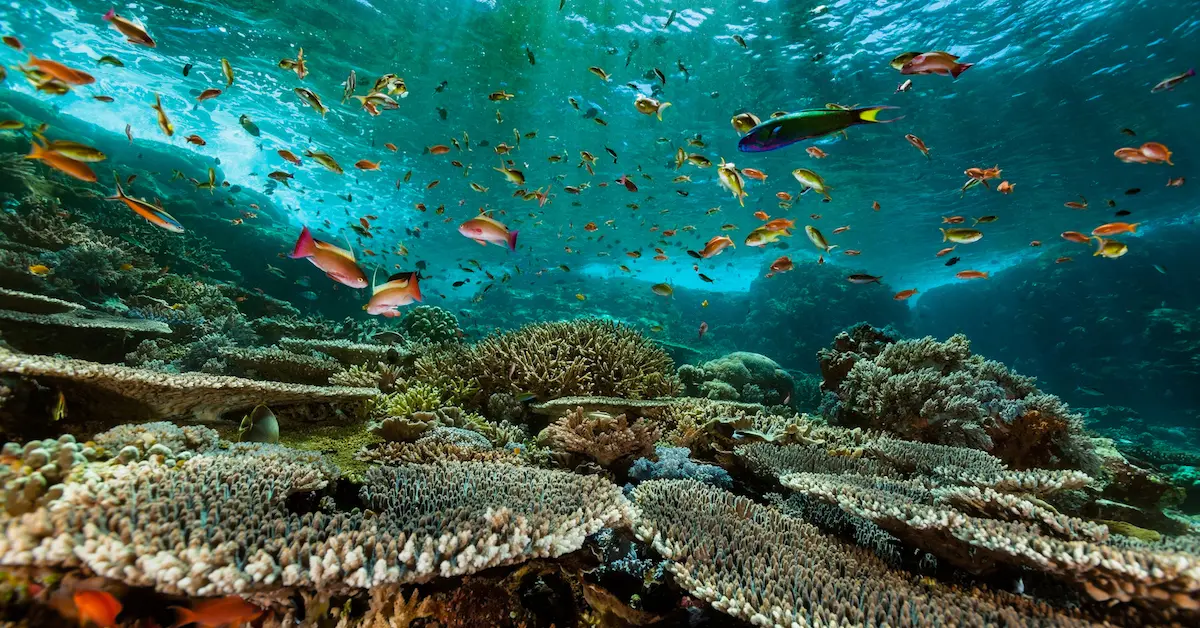
Two prominent research organizations confirmed recently what scientists had long suspected: the world’s warm water coral reefs are undergoing mass bleaching for the fourth time in 25 years. This alarming trend signals serious repercussions for marine ecosystems and the billions of people dependent on them.
What is Coral Bleaching?
Corals are composed of hundreds of thousands of tiny animals called polyps, which live in symbiosis with plant-like organisms known as zooxanthellae. These zooxanthellae provide corals with food and give them their vibrant colors. However, when corals are stressed, they expel these symbionts, causing the corals to turn white, a phenomenon known as bleaching. This stress is often induced by rising sea temperatures, which can lead to disease and starvation, potentially resulting in the corals’ death.
The Role of Climate Change
Scientists attribute the current bleaching event to surging ocean temperatures, driven largely by climate change. Since early 2023, ocean temperatures have increased by as much as 5°C in some areas. In February 2024, the average global sea surface temperature hit a record high of over 21°C. This heatwave has severely impacted coral reefs from Panama to Australia.
The Impact on Marine Ecosystems
Coral reefs are among the most vulnerable ecosystems to climate change. They support 25% of marine life and their loss would be catastrophic for biodiversity. According to Leticia Carvalho, Head of the Marine and Freshwater Branch of the United Nations Environment Programme (UNEP), the disappearance of corals would be devastating both for marine life and for the hundreds of millions of people who rely on coastal fisheries for their livelihoods.
Global Bleaching Events
From February 2023 to April 2024, scientists recorded bleaching in 53 countries, with this number rising to 62 nations according to the National Oceanic and Atmospheric Administration (NOAA) and the International Coral Reef Initiative (ICRI). The Great Barrier Reef has been particularly affected, with nearly 80% of its coral outcrops bleached.
The Future of Coral Reefs
The long-term outlook for coral reefs is grim. Humanity continues to emit greenhouse gases, warming the planet and causing ocean acidification. Even if global temperature rise is limited to 1.5°C, 70% to 90% of reef-building corals are expected to die. At a 2°C rise, 99% will perish.
Conservation Efforts
Despite the bleak outlook, there are areas of hope. Pockets of water where corals show higher heat tolerance or benefit from cooler deep-water upwellings offer some refuge. Conservationists are focused on protecting these areas from additional stressors like pollution and over-fishing.
Global Initiatives
International efforts to safeguard corals have intensified. The Global Funds for Coral Reefs aims to channel up to $3 billion into projects that protect these ecosystems. Additionally, the Coral Reef Breakthrough initiative, supported by 45 countries, pledges to protect 125,000 square kilometers of reefs with at least $12 billion in investments.
The Path Forward
To save coral reefs, the world must significantly reduce greenhouse gas emissions and address local threats to these ecosystems. Increasing our understanding of the ocean is also crucial. The UN Decade on Ocean Science (2021-2030) aims to fill knowledge gaps, enabling informed decisions on protecting ocean resources.
The future of coral reefs is uncertain, but their fate is not yet sealed. With decisive action to combat climate change and protect marine environments, there is still hope for preserving these vital ecosystems. As Leticia Carvalho emphasizes, we must act now to safeguard the world’s corals for future generations.






